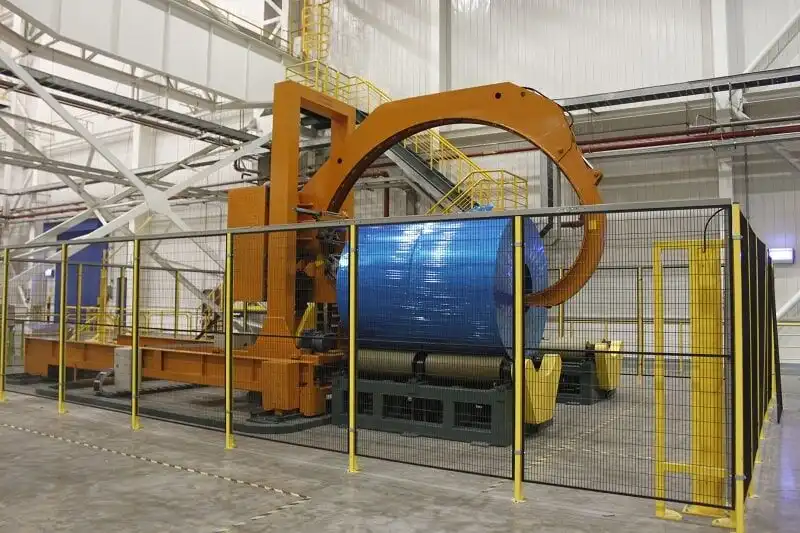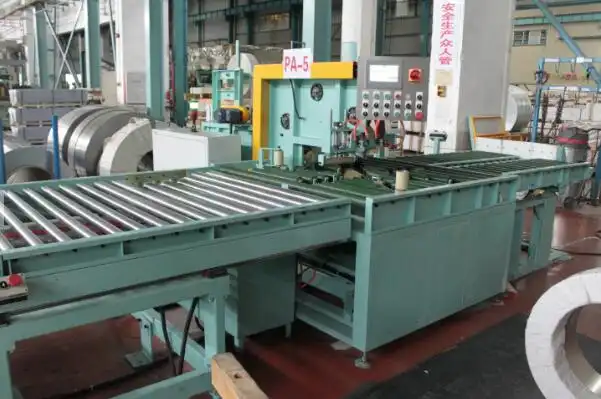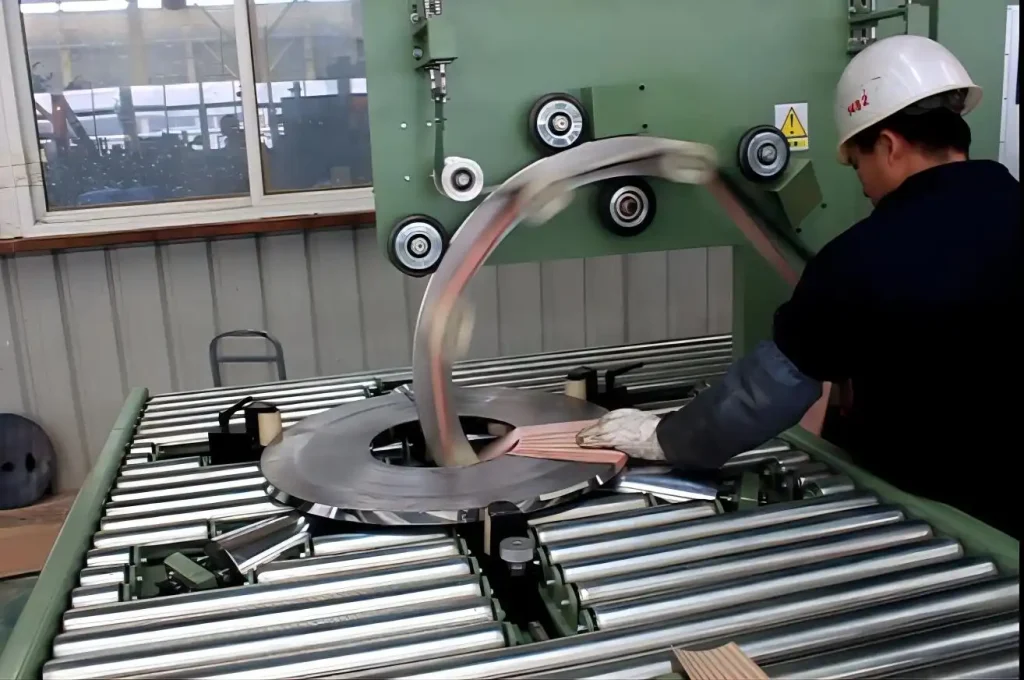The world of industrial packaging is vast and varied, with coil packing machines taking a significant role in the process. These vital machines cater to industries that require precision, efficiency, and reliability in packing coiled materials. But how does one navigate the myriad of options available?
Understanding the intricacies of coil packing machines involves diving deep into features, specifications, and benefits each type offers. In this comprehensive guide, we explore the essential considerations buyers must keep in mind while choosing the best coil packing machine for their needs.
To ensure an informed decision, it is imperative to consider the specific requirements of your operations – whether it's speed, material compatibility, or cost-effectiveness. This guide bridges the gap between buyer confusion and clarity, leading you to a successful acquisition and implementation.
Claim: Selecting the right coil packing machine is pivotal in enhancing operational efficiency and achieving long-term cost savings.
1. What Should You Consider When Choosing a Coil Packing Machine?
1.1 Understanding Your Needs
Every industry has unique demands, and understanding these is the first step in selecting a coil packing machine. Consider the type of coils you need to pack, whether they are metal, paper, or plastic, and the dimensions involved. Machines are tailored to specific coil types and sizes, and making the right match is crucial for optimal performance.
1.2 Market Statistics: An Insightful Overview
Market Dynamics: According to industry reports, the global coil packaging market is expected to grow by 7% annually, driven by increased industrialization. Below is a table illustrating key data:
| Year | Market Size (in billion USD) | Growth Rate (%) |
|---|---|---|
| 2023 | 3.5 | 7.0 |
| 2024 | 3.75 | 7.1 |

1.3 The Core Features of Coil Packing Machines
When selecting a coil packing machine, critical features to evaluate include automation level, material compatibility, and space efficiency. Advanced models offer enhanced automation, reducing labor costs and improving precision. Ensuring the machine can handle the material type and coil dimensions specific to your industry can lead to more consistent packaging results.
1.4 Navigating the Machine Landscape
With a broad spectrum of machines available, understanding their specifications can be overwhelming. Here's a table of the common types and their features:
| Machine Type | Features | Applications |
|---|---|---|
| Horizontal Wrappers | High speed, versatile | Paper and plastic coils |
| Vertical Wrappers | Space-saving, robust | Metal and heavy coils |
1.5 Two-Fact Statement
Fact 1 (True): Automated coil packing machines can reduce labor costs by upwards of 30% by minimizing manual intervention.
Fact 2 (False): Coil packing machines are only suitable for metallic coils. (These machines are adaptable to various materials, including plastics and paper.)
2. How to Implement Coil Packing Machines Effectively?
2.1 Strategic Installation and Integration
Once the right machine is chosen, the next step is effective implementation. This involves strategic planning regarding the installation site, ensuring it complements the workflow within the production facility. Proper placement maximizes output and reduces bottlenecks, thereby enhancing overall efficiency.
2.2 Evaluating Implementation Success with Data
Performance Metrics: Post-implementation, it's crucial to evaluate the machine's performance. Below is a table with key performance indicators:

| Metric | Pre-Implementation | Post-Implementation |
|---|---|---|
| Efficiency (%) | 75 | 90 |
| Downtime (hours/week) | 10 | 4 |
2.3 Maximizing Operational Efficiency
To truly benefit from a coil packing machine, regular maintenance and calibration are crucial. Continuous training for operators ensures the machine is used to its full potential, thereby maximizing efficiency. Additionally, integrating these machines with existing systems through software solutions can streamline operations significantly.
2.4 Conclusion
Implementing a coil packing machine is not merely about installation. It requires ongoing assessment, operator training, and system integration to realize its full potential. Successful implementation results in improved productivity, reduced costs, and enhanced product quality.
Claim: A well-executed implementation plan significantly elevates the benefits derived from coil packing machines, marking a transformative shift in industrial efficiency.
Conclusion
Choosing and implementing a coil packing machine is a meticulous process that demands careful consideration of the industry’s specific needs, machine features, and implementation strategies. By focusing on these aspects, businesses can achieve remarkable improvements in efficiency and cost savings. With the right machine in place and a strategic implementation plan, the enhancement in operational workflows can lead to substantial gains.
Final Claim: The strategic selection and implementation of coil packing machines serve as a cornerstone for operational excellence and competitive advantage in today's industrial landscape.

